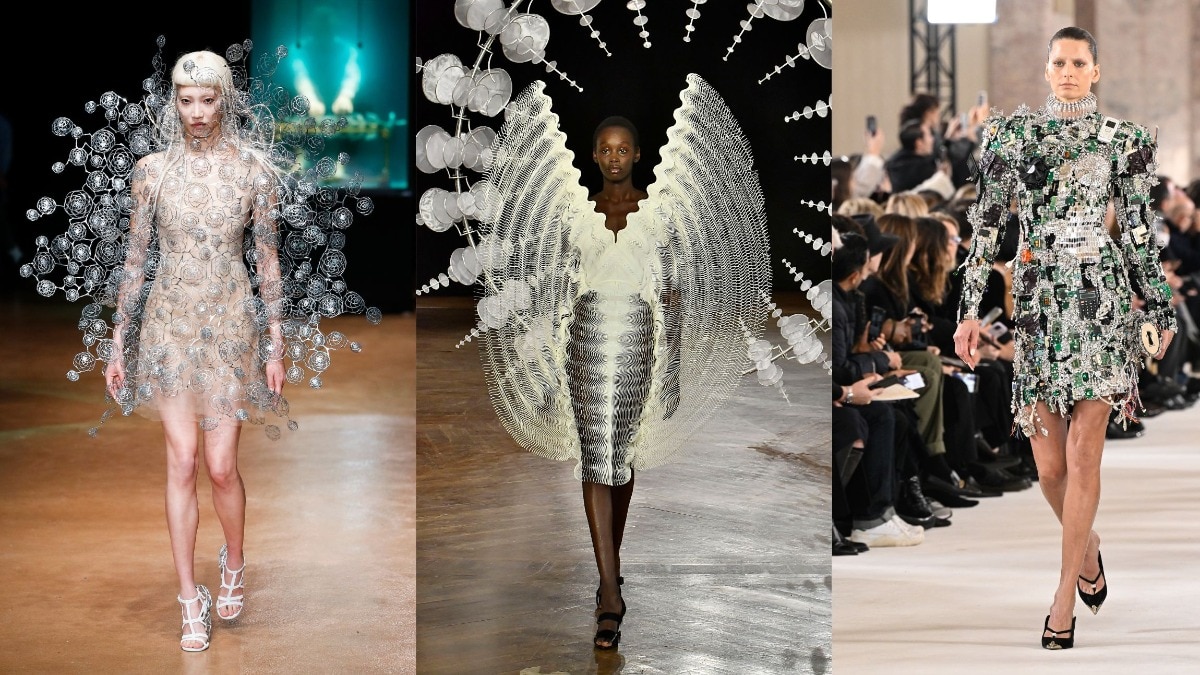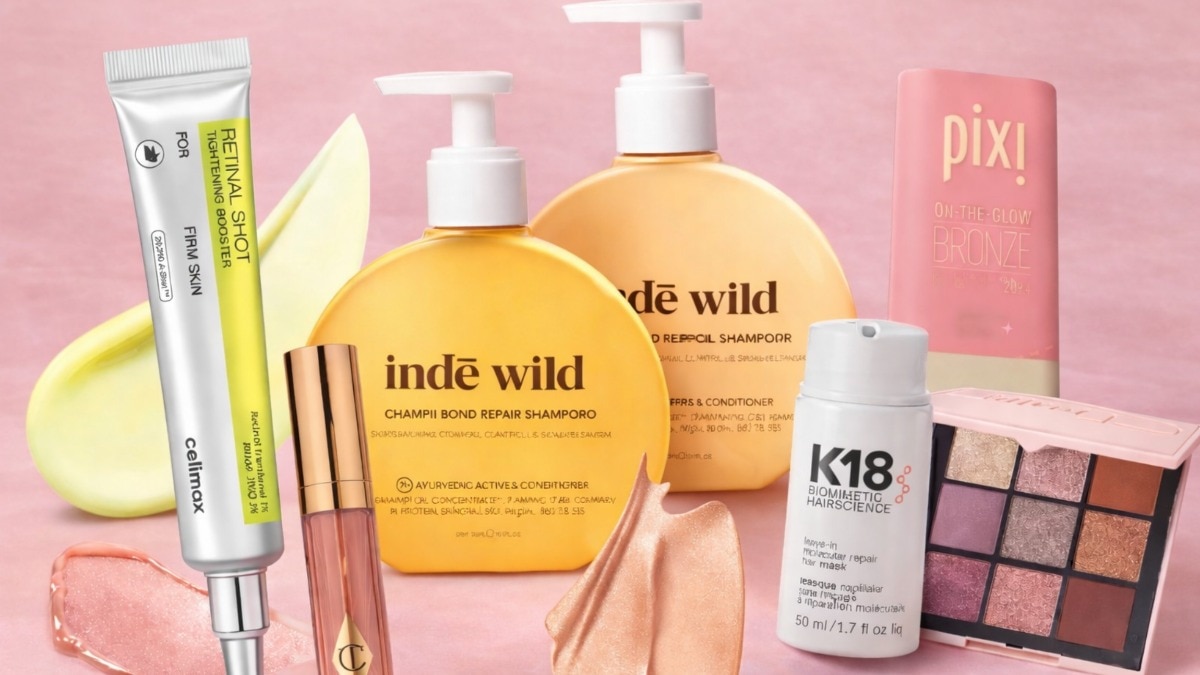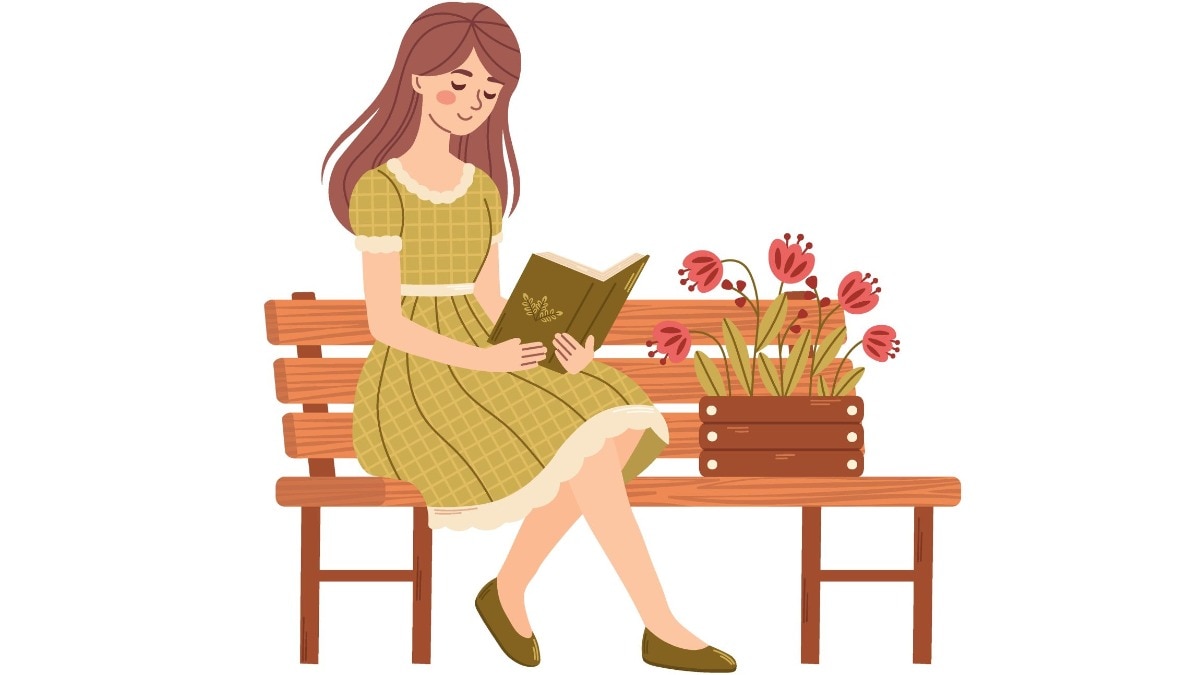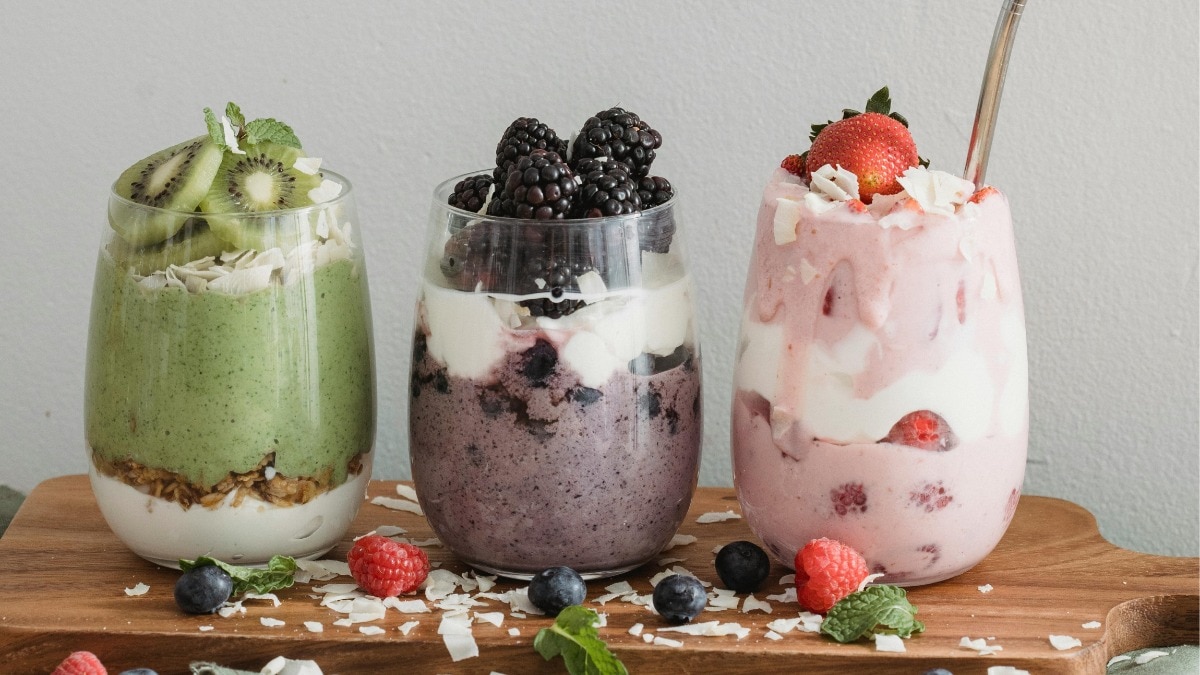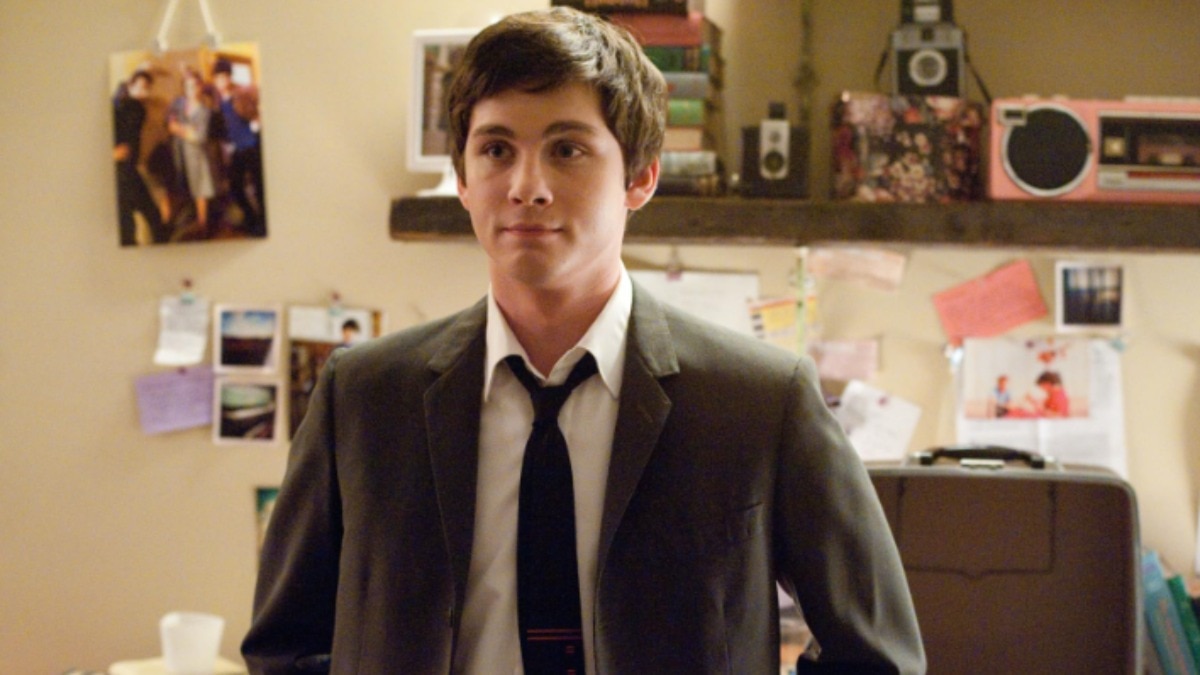
The trench coat and a legacy that's rooted in its practicality
Exploring the trench coat's timeless appeal, its many iterations, why it's such a great statement piece to shoot with, and much more.


In the continually shifting fashion landscape, replete with trends and micro-trends, the trench coat has maintained its significance as an emblem of a unique historical era—World War I. It was a time of profound transformation, challenging established social hierarchies, military paradigms, and even fashion norms. However, much like any enduring piece of clothing, the trench coat’s longevity is rooted in its utilitarian origins, which have provided a canvas for creative experimentation.
THE LEGACY
While the history of the trench coat did not commence on the silver screen, it did gain prominence there, as costume designer Maxima Basu, who has worked on films such as Dangal, Bajirao Mastani, and Padmaavat, among others, points out: “The trench coat’s cinematic history is deeply rooted in Western noir films, where its stylish presence added an element of mystery and charisma to the dark and enigmatic characters that often inhabited the frame.”
The trench coat’s roots extend back to the early 19th century. It’s worth noting that in 1615, the Spaniards were already using latex to create waterproof materials, and in 1496, Christopher Columbus brought back natural rubber balls from the West Indies. But it was Charles Macintosh, a Scottish chemist, who, while searching for a use for the byproducts of the coal gasification process, discovered that the distillate obtained from tar could dissolve rubber.

Macintosh’s ingenious idea involved applying liquid rubber onto a woolen fabric and then sandwiching it with another fabric, resulting in a waterproofing effect. He patented this water-repellent fabric in 1823 and soon transformed it into a garment known as the ‘Mack.’ This innovation was designed for individuals who led active lives involving activities like horseback riding, fishing, and various outdoor pursuits.
Then, in 1853, John Emary, a tailor based in Mayfair, made use of the technological advances of the time to create a more breathable rubber coating for an enhanced raincoat. He named his company Aquascutum. A few years later, in 1856, Thomas Burberry, a tailor from Hampshire, established his eponymous company. He made a groundbreaking contribution to the world of outerwear by inventing Burberry’s gabardine fabric in 1879, which remains one of the most durable and breathable materials employed in outerwear to this day.
MOVIE MAGIC

The trench coat, however, underwent a shift as the years rolled by, often being used as a symbol to depict self-assuredness on the silver screen. Who can forget Audrey Hepburn’s iconic look in Breakfast at Tiffany’s, which was pivotal in elevating its status as a fashion statement?

Or Meryl Streep in Kramer vs. Kramer, where the trench is synonymous with confident women, serving as a visual representation of their character traits and roles in various narratives. Or even the gorgeous black leather trench worn by Catherine Deneuve in Belle du Jour, which was designed in 1967 by Yves Saint Laurent.
Throughout the years, the fashion staple has seen various iterations, each contributing its unique mark to the trench coat’s legacy. Among these is the single-breasted twill trench, notably popularised by Ralph Lauren before the turn of the millennium. This design boasts discreet front fastening, a gracefully pointed collar, a functional storm f lap, and a belt, all encapsulating the timeless elegance of the original style.
A PERENNIAL FAVOURITE
On the flip side, the introduction of the double-breasted wool trench coat has brought forth a modern, minimalist, and effortlessly chic silhouette while paying homage to its military origins. Many iterations of this style have been meticulously crafted using fine wool blends and were frequently available in rich navy or black hues.
They retained classic elements such as the front gun flap, storm flap, and shoulder epaulettes, which serve as a tribute to the trench coat’s historical roots. This particular style was reimagined by fashion houses like Ferragamo and Alexander McQueen during the 1990s.

Trims, buttons, and fastenings on a trench coat also offer an insight into the garment’s quality and craftsmanship, effectively acting as distinctive accessories. Additionally, most coats also come with an extra piece of fabric extending across the upper back, commonly referred to as a storm shield. Mostly featured in Burberry coats, its purpose is to enhance water runoff from the shoulders, improving the coat’s functionality in adverse weather conditions.
When it comes to double-breasted trench coat styles, an extra fastening positioned at the front of the collar, just below the chin, is typically incorporated. This fastening can be secured to allow the trench coat to be worn like one would a scarf, serving as a practical defense against inclement weather. Moreover, the inclusion of additional D-rings on the belt is meant for securing equipment, even though in today’s context, it is improbable that one would use them to hang a phone.
THE INDIAN CONTEXT
In the early aughts, in the realm of the arts, the public perception of trench coats remained influenced, to a certain extent, by the depictions in film and television, much as it was during the 20th century. Back home, too, the trench coat came to symbolise Westernisation and its impact on the informed Indian through movies. Kolkata-based journalist Arshia Dhar says it’s interesting to note how the trench coat can symbolise power and control for female characters, citing the roles played by Rani Mukherji in the 2006 film Kabhi Alvida Naa Kehna, where she has an extra-marital affair with Shah Rukh Khan’s character and Aishwarya Rai Bachchan’s character in Ae Dil Hai Mushkil, who is seen wearing a beautiful black trench coat. Fashion stylist, costume designer, and co-founder of Happiness Within, Akshay Tyagi, believes that the trench coat has always been a great statement piece to shoot editorially in India. “It’s aspirational because very few regions in India allow us to whip out the trench coat. Most Indian women prefer a jacket or a shawl,” he says, adding the garment highlights the complex interplay between fashion, culture, and identity in the context of India.
THE EARLY AUGHTS
Arson Nicki, a United States-based digital content creator and fashion commentator, adds to this: “Iconic characters like those from the Matrix movies or Castiel from Supernatural have contributed to our enduring association of trench coats with individuals embarking on serious missions. In the present day, characterised by the increasing casualisation of fashion, especially in a post-lockdown world, the trench coat has found its place in a wider array of settings and occasions”.

This evolution is reminiscent of jeans, adds Arson, another iconic garment initially popularised for its practical utility. “People have become more comfortable with reimagining and deconstructing the trench coat due to its remarkable recognisability. Consequently, it has become a versatile wardrobe piece that can be dressed up or down, thus enhancing its adaptability and longevity in contemporary wardrobes,” he adds.
MODERN ITERATIONS
Now, however, the trench coat is witnessing a slight departure from its more practical style. On the Spring-Summer 2024 runways, the trench coats maintained their loosely tailored form, often characterised by dropped shoulder seams and sleeves that extend beyond the wrist. “What truly caught my attention this season was the emphasis on cinching these trench coats tightly at the natural waistline. This shift is noteworthy at the moment as it diverges from the previously mentioned relaxed silhouette trend. This particular styling choice was evident across several collections, such as Stella McCartney, McQueen, and Alaïa,” says Arson, adding that while trench coats still predominantly appear in neutral tones, there were occasional departures into more adventurous colour selections.
“I observed the use of dark red shades in coats presented by Dries Van Noten, Hermès, and a herringbone-patterned coat featured in the Bottega Veneta show,” adds Arson. The incorporation of unconventional textures to elevate simple silhouettes was also visible in a green Gucci trench adorned with sparkling fringe, Simone Rocha’s black coat embellished with sequin details, and Diesel’s innovative use of shredded denim.

Notably, there has been an emergence of sleeveless trench coats that bear a striking resemblance to oversized vests with lapels, says Arson. “These particular sleeveless renditions were prominently featured in collections from renowned fashion houses such as Gucci, Peter Doe, and Burberry. Speaking of Burberry, it would be remiss of me not to acknowledge their consistent incorporation of dropped waistlines in their most recent collection. While I wouldn’t classify this as a prevailing trend or a common theme across other fashion shows, it is worth noting that anyone keen on staying updated with the evolution of trench coats should closely follow Burberry. The pioneering and popularisation of the original gabardine trench coat is deeply ingrained in the foundation of their House codes,” he says.


